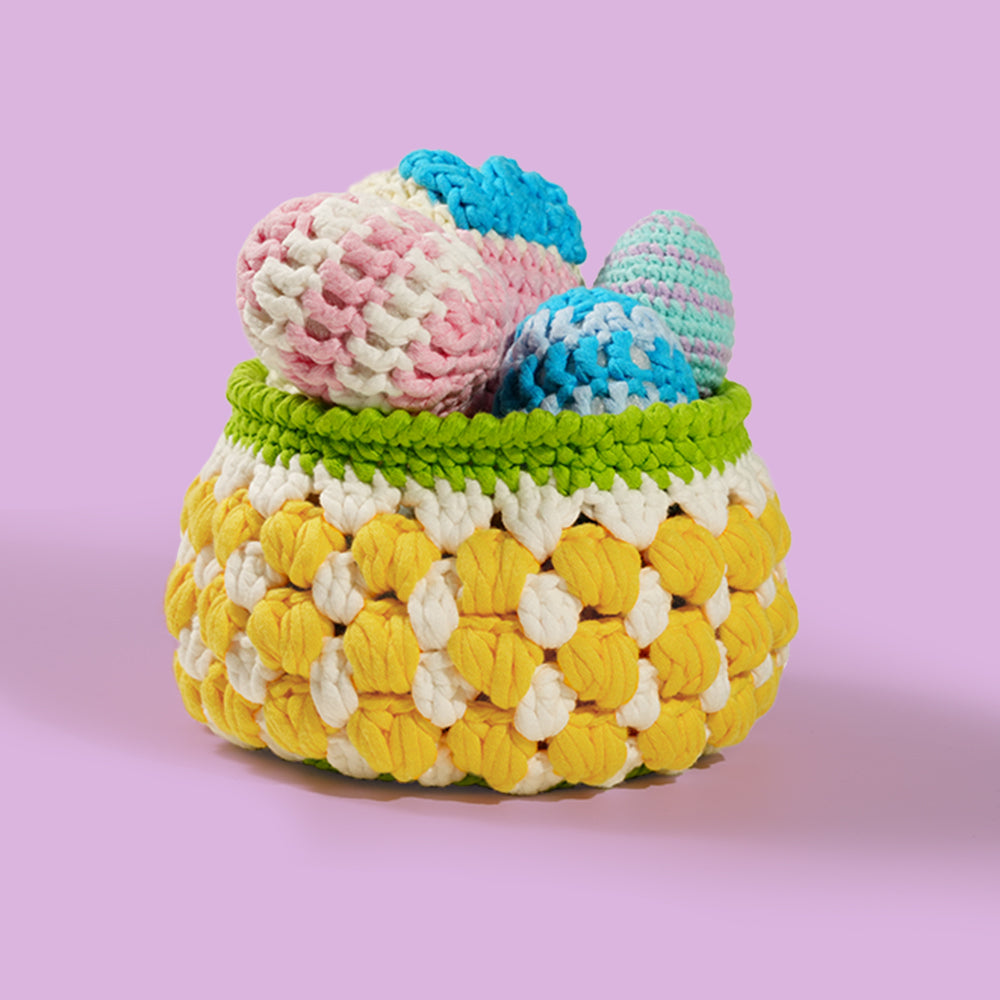Understanding the Differences Between Chinese and American Crochet Styles
Introduction
Crochet might be a universal craft, but the way it is practiced, taught, and valued can differ dramatically across cultures. Chinese and American crochet styles showcase distinct histories, tools, techniques, and cultural meanings. These differences don’t just reflect crafting preferences but also deeper societal attitudes towards creativity, tradition, and innovation.
In this comprehensive exploration, we delve into the nuanced contrasts between Chinese and American crochet. Whether you’re a crochet enthusiast eager to expand your repertoire or simply intrigued by cultural craftsmanship, understanding these variations can enhance both your appreciation and skill set.

1. Historical Origins and Evolution
| Aspect | Chinese Crochet | American Crochet |
|---|---|---|
| History | Rooted in ancient textile arts, influenced by lace and embroidery traditions | Developed in 19th-century Europe, adapted and popularized in the US |
| Cultural Role | Often tied to family heritage and artistic expression | Associated with home decor, fashion, and social hobbies |
Chinese crochet draws heavily from the country's rich textile history, where techniques like knotting and embroidery laid the groundwork for intricate patterns. Meanwhile, crochet in America gained traction during the Victorian era, focusing on practical and decorative household items.
2. Tools & Materials: The Foundation of Every Stitch
| Aspect | Chinese Crochet | American Crochet |
| Hook Design | Often metal, slim with shorter handles | Ergonomic, often with rubber grips |
| Yarn Type | Mercerized cotton, silk blends preferred | Wool, acrylic, cotton blends |
| Accessories | Minimalist tools, often handmade organizers | Variety of stitch markers, counters, bags |
Key Takeaway:
Chinese crocheters favor sleek, precise tools designed for fine work like lace-making. In contrast, American crafters often use ergonomically designed hooks and bulkier yarns suitable for larger, warmer items like blankets and scarves.
3. Technique and Pattern Styles
Chinese crochet is often characterized by:
-
Symbolic charts and diagrams
-
Fine lacework with delicate threads
-
High precision and symmetry
American crochet typically involves:
-
Detailed written patterns with step-by-step instructions
-
Larger, more colorful projects like afghans and amigurumi
-
Flexibility and experimentation with mixed media and stitches
4. Common Project Types
| Project Type | Chinese Crochet Example | American Crochet Example |
| Home Decor | Delicate doilies, lace tablecloths | Chunky blankets, colorful throws |
| Wearables | Intricate shawls, silk scarves | Beanies, oversized sweaters |
| Toys | Small, precise amigurumi | Whimsical and larger plushies |
| Accessories | Hairpins, decorative pendants | Tote bags, scrunchies |
5. Learning Methods and Education
-
China: Often learned through family traditions, with elders passing down skills. Increasingly, online platforms in Mandarin cater to younger learners.
-
America: Crochet is commonly self-taught via YouTube, classes at craft stores, and online platforms like Ravelry.
This difference in learning paths influences the widespread styles and techniques preferred in each region.
6. Community and Social Influence
-
China: Crochet circles may be more private or family-based, with a focus on artistry and perfection.
-
America: Social crafting is common, with groups gathering in cafes or online spaces to share progress and tips.
Both cultures celebrate crochet, but the American approach often emphasizes community-building and sharing, especially via social media platforms like Instagram and TikTok.
7. Aesthetic Preferences
Chinese crochet often leans towards subtle, pastel shades, emphasizing refinement and elegance. American projects tend to embrace bold, vibrant colors and larger textures.
8. Market and Commercial Trends
-
China: Growing market for handmade goods, especially in urban artisan markets.
-
America: Booming DIY and Etsy culture, where crafters monetize patterns and finished products.
9. Combining the Best of Both Worlds
Modern crafters increasingly blend these traditions, using Chinese precision techniques with American creativity and diversity of materials. This fusion creates globally inspired projects that honor both heritage and innovation.
FAQs
Q: Can I follow Chinese crochet patterns if I only speak English?
A: Yes, especially if you’re familiar with symbolic charts. Some creators also offer translations.
Q: Are there crochet hooks specifically designed for Chinese techniques?
A: Yes, some Chinese brands produce hooks that cater to finer, more delicate yarns.
Q: How can I incorporate both styles into my projects?
A: Start by using Chinese chart patterns for detail work and American patterns for structure and size.
Conclusion
Understanding the distinctions between Chinese and American crochet styles opens up a world of creative possibilities. Whether you admire the precision of Chinese lace or the bold experimentation of American projects, blending these traditions can enrich your craftsmanship and spark new ideas. As global crafting communities grow closer, there's never been a better time to explore and celebrate these diverse crochet cultures.
